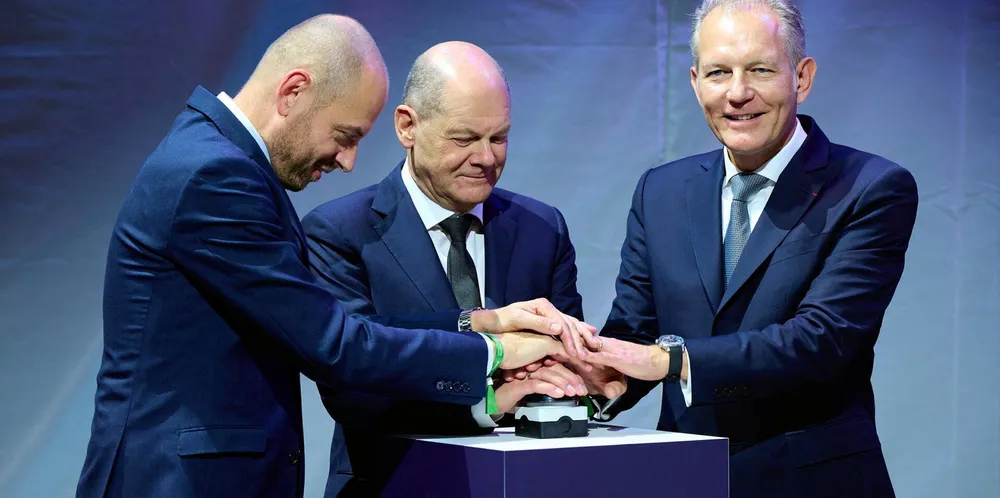'Industrial fairy tale' | Siemens Energy opens hydrogen electrolyser gigafactory in Berlin
The PEM facility — part of a joint venture with Air Liquide — is expected to be scaled up to at least 3GW by 2025

The PEM facility — part of a joint venture with Air Liquide — is expected to be scaled up to at least 3GW by 2025
